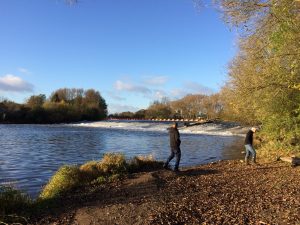A once renowned species
Hundreds of thousands of twaite shad used to migrate up the River Severn every spring. Shad migrate from the sea into freshwater in late April and May, to spawn upstream. However, weirs built in the 1840s blocked this annual migration, and the population of shad dramatically reduced. Our surveys in 2017 showed a small residual population of twaite shad in the River Severn, reaching only as far as Worcester.
Our project is now complete, and after a gap of nearly 180 years, these shad are able to make it up the river once again.
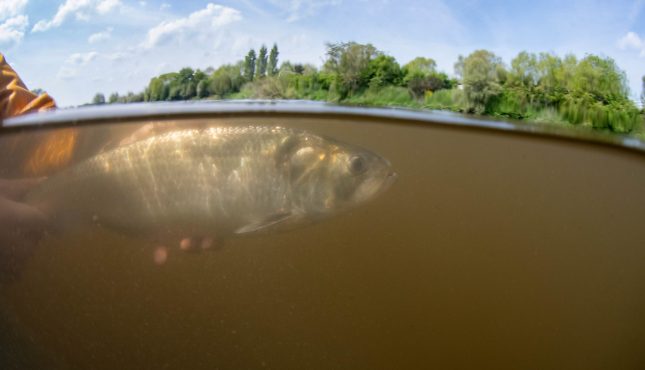
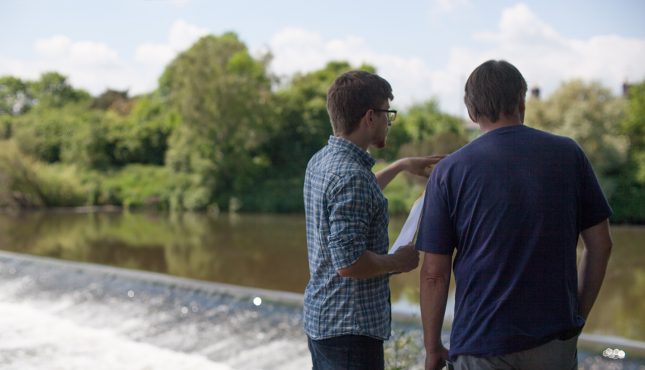
Why are weirs an issue for shad?
Weirs represent a physical barrier in the river to shad. Shad do not have the ability to leap over obstacles in the river, unlike salmon which have evolved this as an adaptation to pass the boulders and waterfalls in the highest reaches of rivers where salmon spawn. Although the shad are able to get over a notch in the small weir at Upper Lode in Tewkesbury, especially during high tides, more substantial weirs further upstream presented insurmountable obstacles to the shad.
Unlocking the Severn has built 4 large fish passes next to 4 weirs on the river, between Worcester and Stourport. These structures allow shad and other river species to bypass the weirs, and continue their journeys along the river. Providing access to their historic spawning grounds is a vital step in the recovery of these fish.
Fish passes are used where natural or human obstructions such as dams, weirs or culverts prevent or interfere with fish migration.
Providing safe passage
Fish passes are man-made structures in the river, designed to facilitate fish and other river wildlife to move up and downstream. Many fish passes are built in the form of a series of ascending pools along the bank past a large obstacle. This breaks one big, often insurmountable barrier into a set of smaller steps that the fish can swim between.
There are existing salmon passes on most weirs on the River Severn but these are not generally passable for shad. Salmon are strong swimmers and have evolved the instincts and physical capacity to overcome obstacles. Shad, on the other hand, don’t like water that is too turbulent. They are easily disorientated by complex flows, and it is believed that the bubbles in agitated water prevents them seeing each other and so reduces their motivation to swim further.
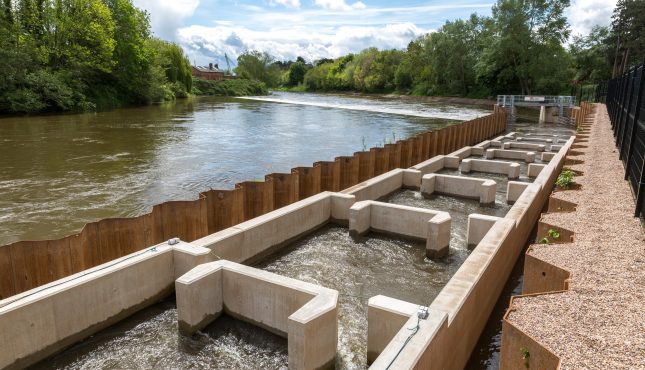
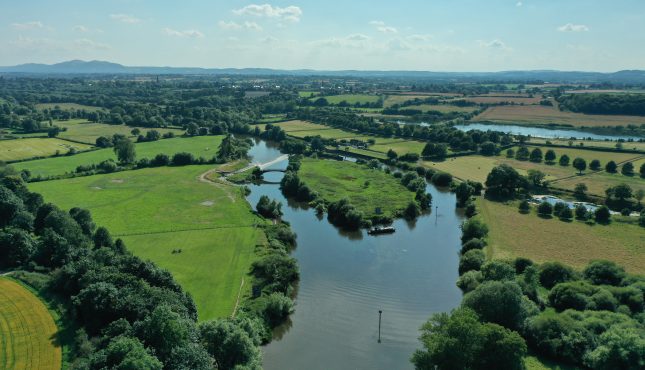
Why is it important to unlock the river for shad?
It is really important for shad to navigate to the upper reaches of the River Severn. These areas provide the right habitats for their spawning. Shad prefer to spawn on gravel beds where the water is ideally at around 1 to 1.5 metres in depth and you are likely to see gentle riffles on the surface of the river. Only by restoring access to suitable spawning grounds, which have the conditions that shad are naturally adapted for, can we hope to achieve a healthy population of shad on the Severn.
Additionally, being physically constrained to the lower reaches of the River Severn, currently forces two separate species– both allis shad and twaite shad – into unnaturally close proximity. Allowing them to reach their natural spawning grounds, may allow these 2 species to exploit their own niches better and reduce the current high levels of hybridisation that appear on the River Severn.
Benefitting the whole ecosystem
A river connectivity project of this scale will considerably benefit other wildlife. Allowing species such as the shad to recolonise upper reaches of the River Severn will have a broader impact to revitalize the river ecosystem and increase biodiversity.
For example, now that shad and other fish species can freely navigate the river beyond Worcester, their eggs will provide energy and nutrients for healthier insect populations, which then provide more food for animals further up the food chain. More shad fry (the small, juvenile fish after they’ve hatches from their eggs) will provide food for other fish, bird and mammal species. And so there is a wider positive effect that cascades throughout the food web for all the wildlife living in and by the river.
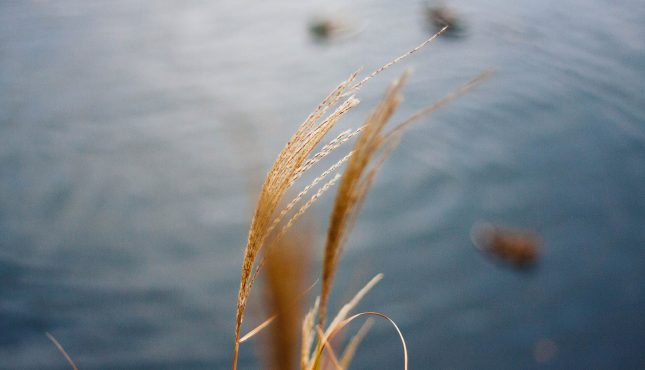
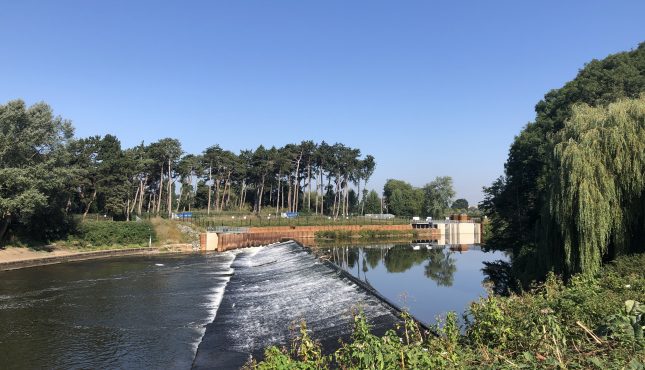
A range of different fish passage solutions have been designed to fit the specific conditions at each barrier in the river.
Diglis Weir
This is the first major barrier that shad meet on the River Severn which stops them getting any further up the river. At Diglis, we have constructed a deep vertical slot fish pass. This is a deep corridor constructed along the bank of the river alongside the weir. It is broken up into a series of ascending chambers into which the water flows through narrow slots. Fish can swim upstream through these stepped chambers without having to leap over any obstacles. Shad can rest for a little bit in each where an area of calmer water forms in each pool. Vertical-slot fish passages are designed to cope with a seasonal fluctuation in water levels on each side of the barrier.



